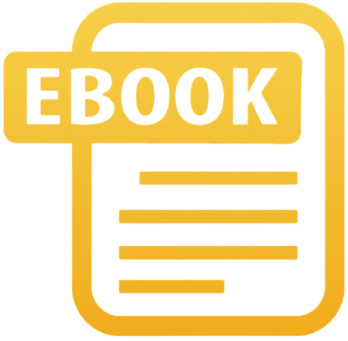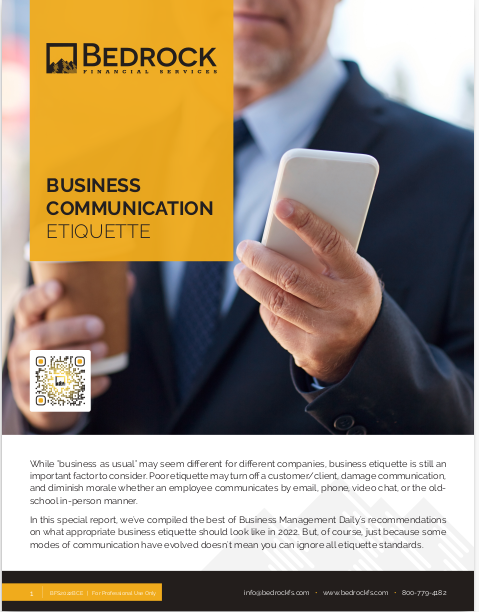Key Takeaways
-
If your email open rates are low, the issue likely starts with the subject line and preview text. Small changes there can dramatically improve performance.
-
Independent insurance agents can improve engagement by writing with relevance, clarity, and a sense of urgency tailored to client needs.
The Problem Isn’t the Email—It’s the First Impression
In 2025, inboxes are more crowded than ever. Your prospects are receiving dozens of emails daily, many of them sales pitches. If you’re noticing that your emails aren’t even being opened, let alone clicked or replied to, the problem likely lies in the subject line and preview text.
Think of the subject line as your first—and often only—chance to convince someone to give you a few seconds of their time. If that fails, nothing inside the email matters. The content could be brilliant, but it’s invisible.
You might be tempted to focus your energy on what’s inside the email. But the truth is, the outside—the subject line and the preview snippet—determines whether anyone ever sees the rest.
Understanding Email Behavior in 2025
Consumer behavior has evolved. Mobile devices account for nearly 70% of email opens. This means your subject line and preview text must both:
-
Be short enough to show fully on a phone screen.
-
Contain the most compelling reason to open within the first 40–60 characters.
Agents who still write vague or overly formal subject lines like “Important Update Regarding Your Policy” are getting buried under messages that spark more curiosity or emotion.
Why Subject Lines Fail
Let’s explore what’s not working, and why.
1. Too Generic
Subject lines like:
-
“Your Monthly Newsletter”
-
“March Update”
These offer zero incentive to open. They’re vague, predictable, and feel like mass communication. Your prospects assume it’s not urgent and not personal.
2. Too Salesy
Subject lines that scream “sell” are often ignored:
-
“Get The Best Insurance Rates Now!”
-
“Limited Time Offer on Life Insurance!”
These trigger the mental spam filter. People know what a sales pitch looks like. Even if your offer is relevant, these lines kill curiosity before it starts.
3. Too Long
If your subject line doesn’t fully show on mobile, you lose impact. Most mobile apps display about 30-50 characters. Anything beyond that risks being cut off.
What to Write Instead
Effective subject lines do one or more of the following:
-
Create curiosity
-
Offer specific value
-
Feel personalized
-
Match the reader’s situation or goals
1. Use Curiosity
People are wired to seek resolution. Subject lines that hint at something incomplete trigger the need to click.
Examples:
-
“The mistake most people make with Medicare”
-
“What you didn’t know about your TSP options”
2. Make It About Them
Insurance is personal. Your email should feel like a message to them, not just anyone.
Examples:
-
“Your 2025 retirement checklist—missing anything?”
-
“Let’s talk about your coverage goals this quarter”
3. Be Specific
Vague language doesn’t stand out. Specificity adds credibility.
Examples:
-
“New 2025 updates to life insurance rules you should know”
-
“How to reduce your monthly healthcare costs without changing providers”
Preview Text: The Silent Conversion Tool
While the subject line grabs attention, the preview text seals the deal.
Most email clients now display the first 90–140 characters of your message body. But here’s the mistake agents make: letting the preview text default to the first line of the email, which often reads something like:
“Hi John, I hope this message finds you well…”
That’s not helping. Instead, use this space strategically. Treat it like a subheading. It should:
-
Expand on the subject line
-
Add urgency or clarity
-
Highlight one specific benefit
Example:
-
Subject: “The coverage gap most people overlook”
-
Preview: “This one issue could add thousands to your retirement expenses—here’s what to check this week.”
Timing Matters—A Lot
It’s not just what you say. It’s when you send it.
In 2025, the best open rates tend to happen:
-
Midweek: Tuesday through Thursday
-
Mornings: Between 8:30 AM and 10:00 AM local time
Why? People are clearing their inbox before starting work. Late afternoons and weekends perform the worst.
Also, if you’re emailing retirees, consider adjusting based on their behavior. Retirees may check email more consistently throughout the day, especially mid-morning and early afternoon.
Personalization Still Works—When It’s Real
The word “personalization” has been watered down. Simply inserting a first name isn’t enough anymore. Real personalization means:
-
Referencing a recent life stage: “Now that you’ve turned 65…”
-
Acknowledging a plan milestone: “You’re one year from retirement. Let’s review your TSP.”
-
Reflecting local conditions: “In light of the recent state tax changes in Virginia…”
This kind of targeting feels less like a marketing message and more like a service.
What Your Email Body Should Reinforce
Once they open the email, what they see next determines whether they keep reading.
Write in Short Paragraphs
Long blocks of text feel like work. Break your content into digestible chunks.
Use Bullets to Highlight Value
Make the benefits obvious and scannable:
-
Save on coverage without downgrading plans
-
Understand what changes in 2025 mean for your policy
-
Learn how to protect your spouse’s benefits
Keep a Single Focus
One email, one topic. Don’t try to pitch five services at once. If you want clicks or replies, your message needs to be sharply focused.
Track, Test, Tweak
Improving open rates isn’t a one-time fix. You need to treat it like a system:
-
Track your metrics: Monitor open rates, click-through rates, and reply rates by campaign.
-
A/B test subject lines: Send two versions of the same email to different segments and see what works better.
-
Refine based on behavior: Segment your audience by engagement, age, retirement status, or geographic area to fine-tune your message.
Over time, these small improvements stack up.
Don’t Rely Solely on Email
Email is one piece of your client communication strategy. In 2025, multi-channel engagement matters.
-
Text reminders: Short messages for policy reviews or annual check-ins
-
Phone calls: For sensitive topics like claims or coverage changes
-
Direct mail: Still surprisingly effective for older clients
-
Social content: Reinforce messaging with weekly updates or tips
When email is paired with other touchpoints, your brand becomes familiar and trusted.
Stronger Subject Lines Start With Strategy
Email marketing doesn’t need to feel like guesswork. When you take a strategic approach to subject lines, preview text, timing, and content focus, your open rates improve—and so does your revenue.
At Bedrock Financial Services, we help professionals like you turn simple communication tools into conversion systems. From automation workflows to training that sharpens your client messaging, we make it easier to focus on sales while we handle the setup.
Sign up with us today to get expert support, proven tools, and a team that’s invested in your long-term success.







